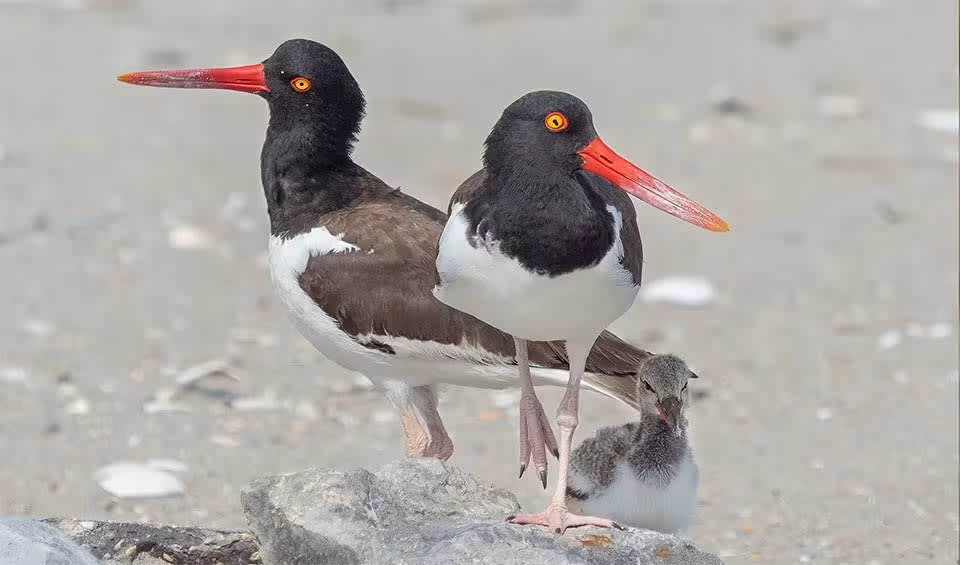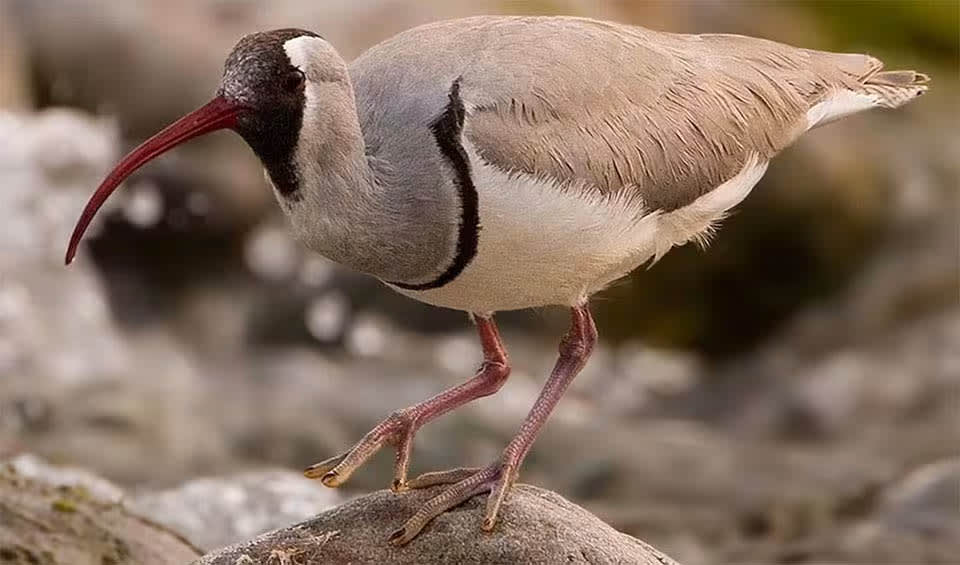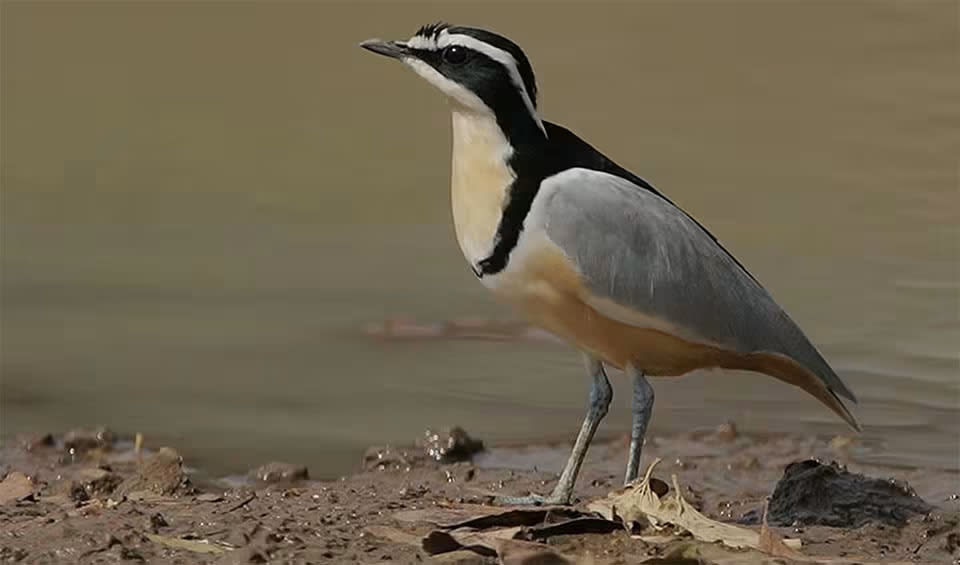Charadriiformes – Shorebirds/waders
Found near water bodies, these 'frequent flyers' inhabit all continents
A diverse and widespread group of birds that colonized all seven continents. This order encompasses a variety of species that are broadly categorized into three main groups: waders, gulls, and auks. This cosmopolitan distribution underscores their ability to thrive in diverse ecosystems, exhibiting unparalleled evolutionary flexibility among bird taxa.
Charadriiformes possess a suite of adaptations tailored to their aquatic lifestyles. Many species within this order are equipped with webbed feet, facilitating efficient propulsion through water during foraging or migration. Furthermore, their streamlined bodies and aerodynamic wings confer exceptional flight capabilities, enabling them to undertake lengthy migratory journeys that often span thousands of kilometers.
In terms of appearance, Charadriiformes exhibit a wide range of plumage colors and patterns, ranging from crisp whites and soft greys to rich browns and deep blacks. Additionally, many species display vibrant hues of yellow, red, or orange on their bills, legs, or eyes, serving as visual cues for species recognition, courtship displays, or signaling social status within colonies.
Behaviorally, these birds are known for their complex social dynamics and breeding strategies. Numerous species nest in dense colonies, with thousands of individuals congregating together nearby, forming bustling communities teeming with activity. Within these colonies, intricate vocalizations and displays play a crucial role in mate selection, territory defense, and chick rearing, highlighting the importance of communication in the social fabric of Charadriiformes societies.
Charadriiformes are noted for their strong and enduring flight capabilities, with some species undertaking migrations that are among the longest in the bird world. Their plumage, although generally muted in whites, greys, browns, or blacks, is frequently accented with splashes of brighter colors such as yellow or red, particularly on their feet, eyes, or bills. This not only serves a functional purpose but also adds to their visual distinction during the breeding season.
Families in this order
One of the most widely distributed families in the world
Birds of this family will put even the best dancers to shame
Well known for their rather annoying calls and songs!
This colorful family lost a member for a good mid-19th century – the great auk
One of the few bird families that have only three toes as the hind toe is missing
You can easily confuse the birds from this family for a wetland species even though they are 100% terrestrial
The family with a very muddy taxonomic history
Members of this family have an extraordinarily girthy legs giving them a unusual appearance
Medium-sized birds who are always ready for any formal occasion with their tuxedo-like plumage
Known for their extended toes and toenails that help them spread out their weight efficiently
This family is proficient in robbing other birds of their prey and devouring anything they can get
This family has a very peculiar style of sexual selection where females are more attractive and vibrant than males
Widely known for their erratic zig-zag flight pattern
The only birds family that reside in Antarctica without webbed feet
This bird has learned how to use a spear and made it an extension of itself
Owner of one of the most peculiar-looking beak shapes in all of the bird kingdom
The monotypic family that is almost on the brink of extinction
When they’re at rest, they’re surprisingly difficult to spot—even if they’re right under your nose!
The janitors of the bird world



















